



Home
Home
CHARMING HOME IN THE HISTORIC CENTRE
Casa Catena is an inviting place with loads of character. It is ideally located right next to the central piazza of this medieval town, just a couple of minutes from restaurants and amenities. Inside Casa Catena it is luminous and spacious and has just been tastefully renovated throughout. It can comfortably host up to six people and is the perfect base for everything beautiful Umbria has to offer. Set in the heart of the scenic Umbrian countryside, the small medieval town of Spello is a hidden gem and is rated one of the most beautiful towns in Italy. It is famous for its rich ancient Roman and Etruscan heritage evident in its beautiful monuments and art works. Immerse yourself in the colourful narrow cobbled streets full of flowers and witness the spectacular event of the annual Fiorata – the festival of flowers.
THE SPACE
Casa Catena is approximately 300 years old and is newly renovated with rich stone pink limestone walls and stone floors. The accommodation comprises two floors with an open plan living area, kitchen and dining space, plus two bedrooms and modern bathroom with shower. The open and comfortable living area includes a flat TV screen and open fireplace and is ideal for relaxing with a glass of local wine. There is Air Conditioning and WIFI throughout the house and all windows have shutters and flyscreens.
Kitchen
This newly rennovated area includes a well-equipped kitchenette with gas cooking, full size fridge, dishwasher as well as dining for six people. There is also a washing machine and dryer in the kitchen.
BedroomS
Upstairs there are two light bedrooms, the main bedroom with a king-sized bed and orthopaedic mattress as well as extensive wardrobe and storage space. The second bedroom has a double bed, which can convert to a sofa.
bathroom
The bathroom has been recently remodelled to include a glass shower cabinet. Bed linen and towels are provided for all guests and will be changed weekly. A hairdryer is also provided.

Spello
Spello
spello
Spello dates back to ancient Roman times, when it was called "Hispellum" and was a favorite retirement village for wealthy Romans. There are pieces of that history apparent now, from arches to foundations to plaques. Walk slowly through the streets and you can see pieces of medieval history as well—the chains that divided the town in three sections, each closed to the other at night, doorways that have moved over time, churches with artwork by Pinturicchio. Spello is now famous for its flowers, and residents take pride it the annual Infiorata (when the streets are "painted" with images created entirely of flowers) and in their adornment of the pink stone walls with glorious flower boxes. Go off the tourist roads and duck into alleys. You'll find old ladies sitting on plastic chairs laughing and talking, cats sunning themselves, and constant evidence of the longevity of this storied little town.
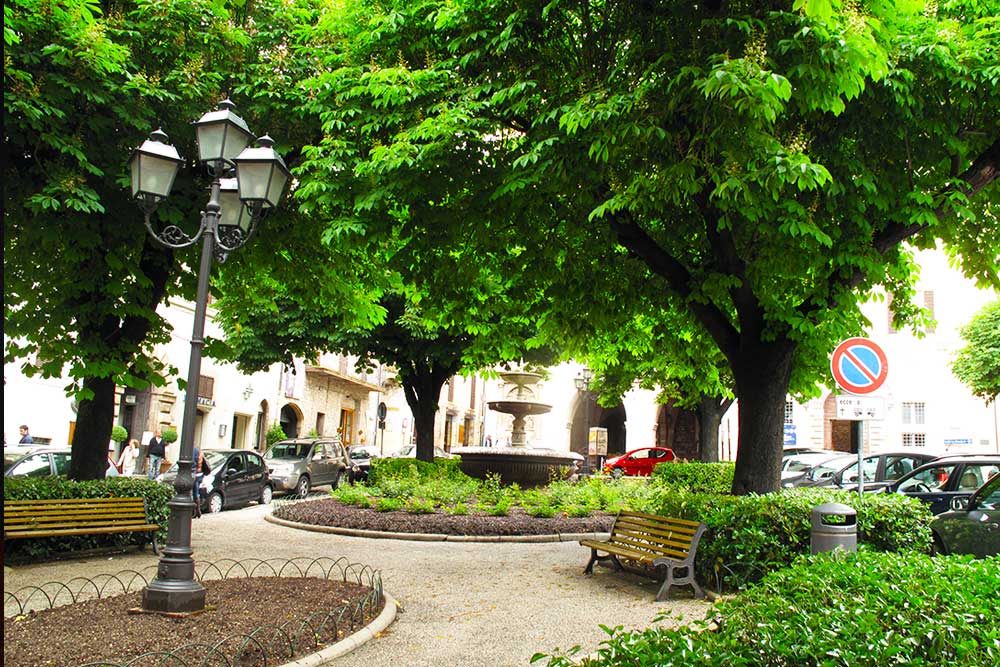
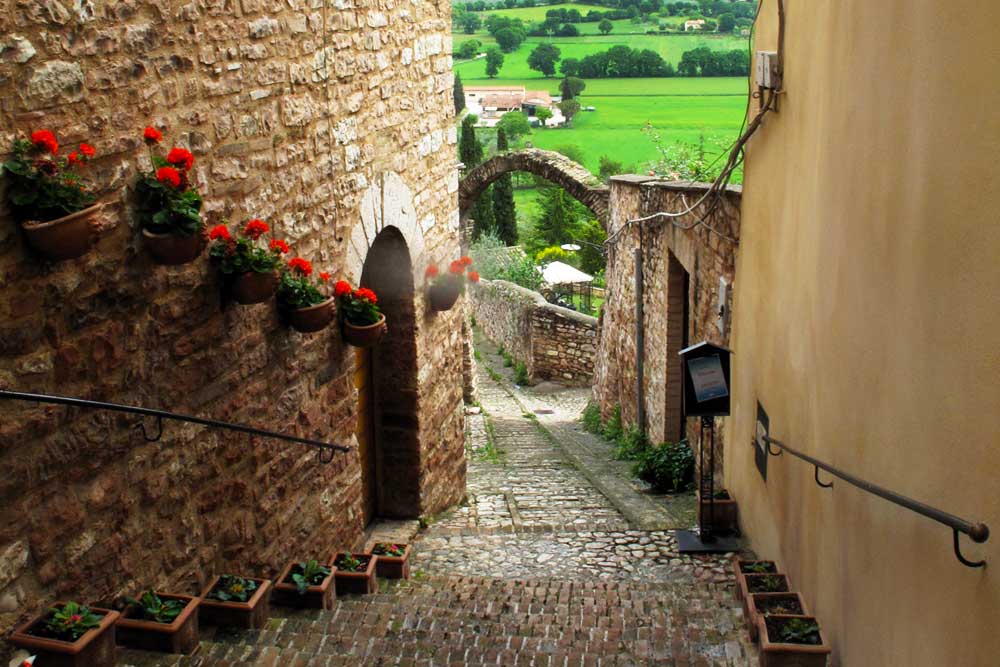
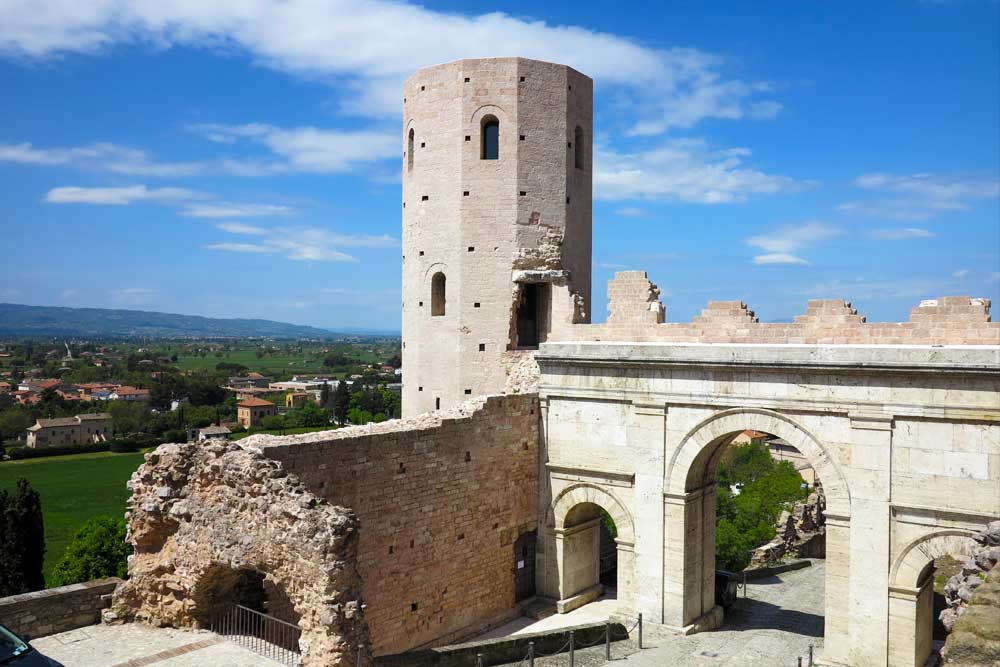
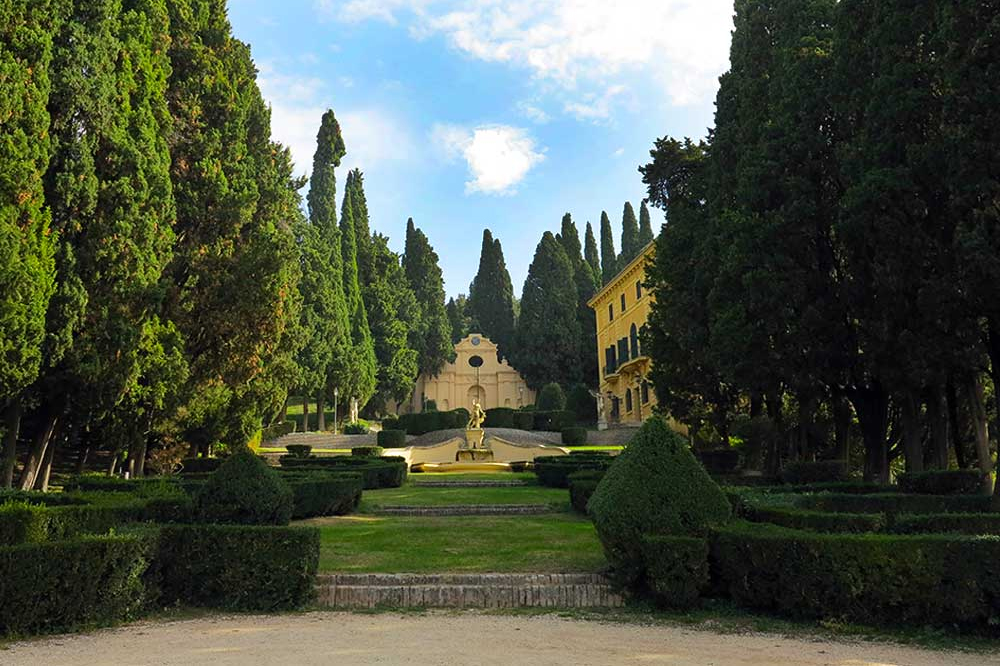
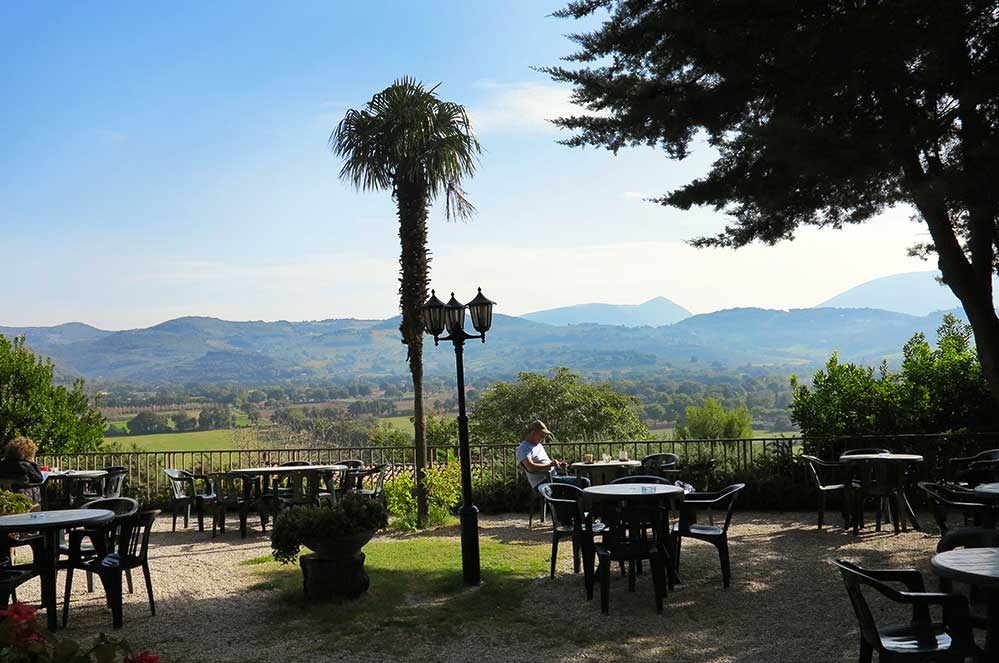
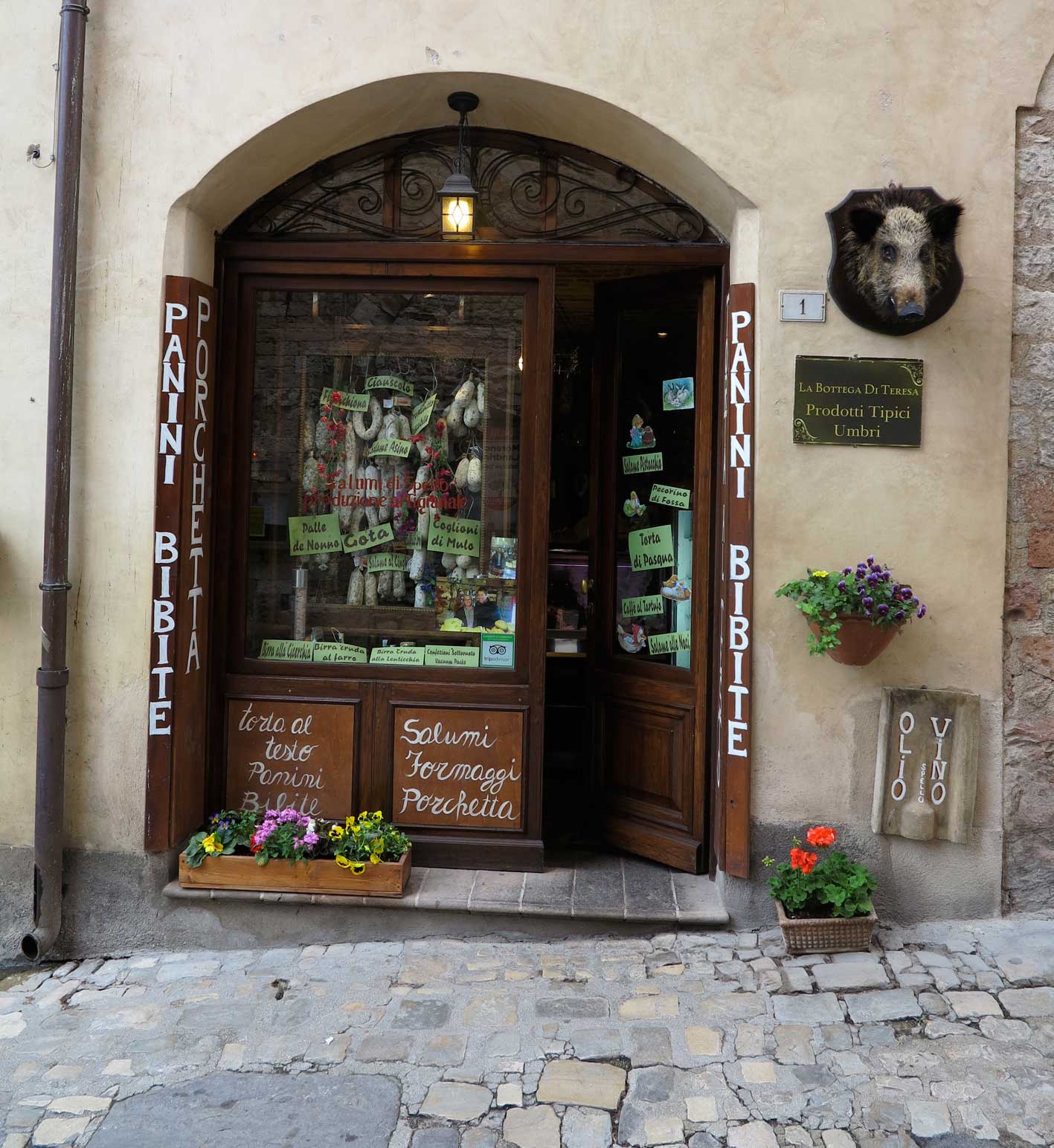
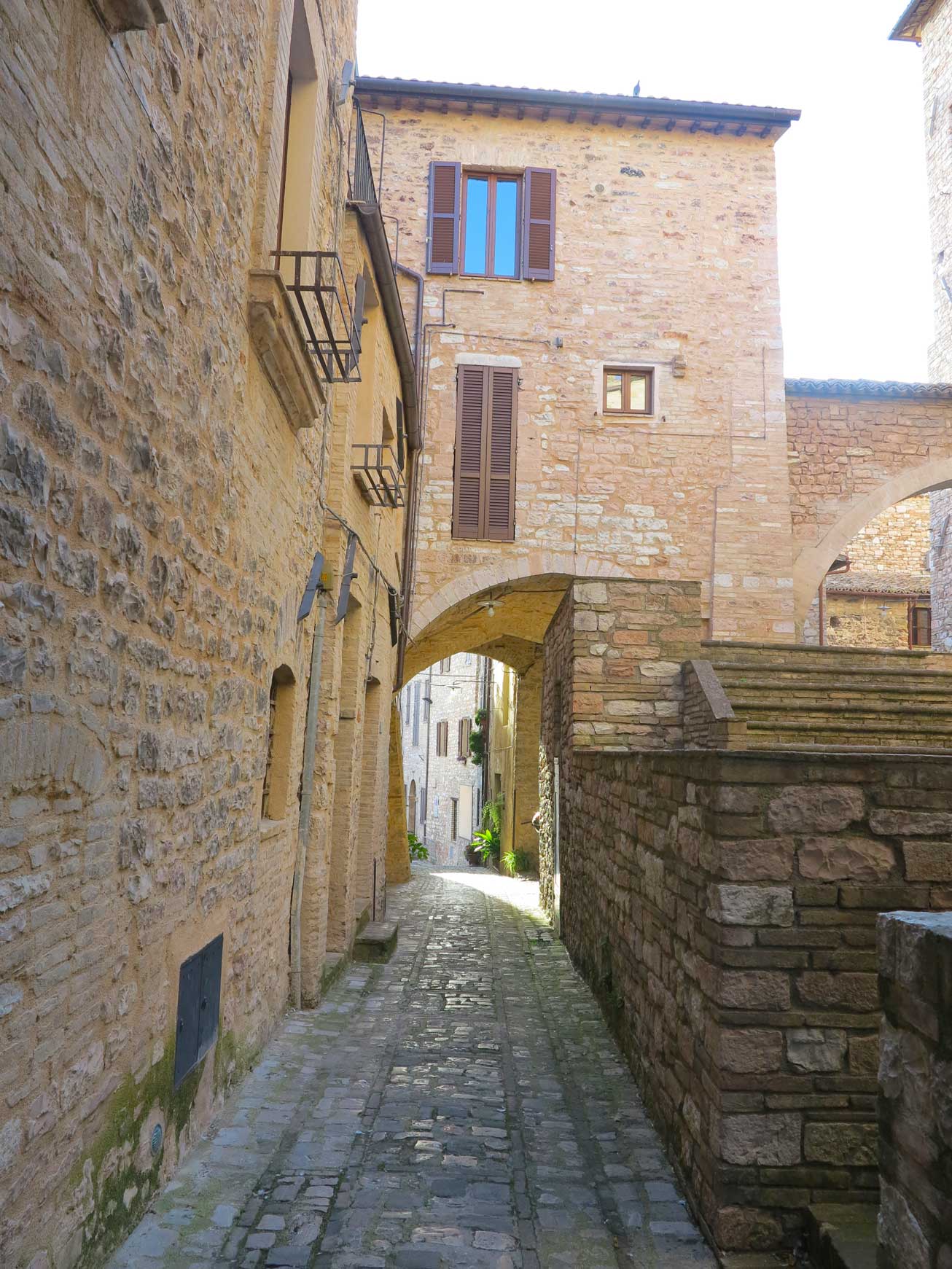
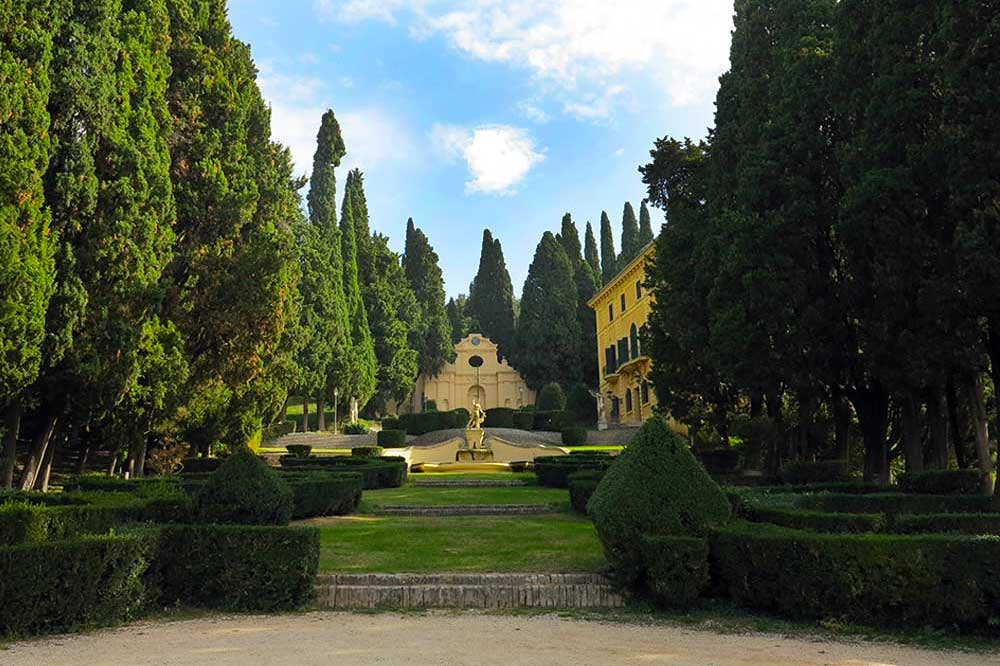
INTERACTIONS WITH GUESTS
Our guests will have assistance in every single step of their journey. From the moment you contact us, feel free to ask whatever you want to know and find out before coming to Spello. On your arrival, we will show you the house and explain all the things you need to know. In any case, a guide is left in the apartment, so you will be able to find out how everything works and functions by yourself. We guarantee local assistance regarding either the house, but also day trips you might like to know about. From bike rental to appointments in restaurants and wineries - we will organize everything for you!
THE NEIGHBOURHOOD
Spello has so much to offer. The house, Casa Catena (Chain House) is called after the chain located on the wall right next to it, which used to separate the three districts of the town in ancient times. In fact you will find that every corner of Spello has something to reveal of its fascinating history. You can see the mosaics of a roman nobles’ villa, the column of emperor Contantino and walk on the roman acqueduct leading up to the tiny town of Collepino up on Mount Subasio. Throughout the year there are events and festivals such as the famous Inforiata Festival and La Festa Romana.
GETTING AROUND
Casa Catena is the perfect starting point for many day trips that this green heart of Italy has to offer: Assisi, Trevi, Bevagna, Montefalco, Spoleto, Lake Trasimeno and Perugia. The major cities of Florence and Rome are only a two-hour journey away and can be accessed by train from Spello.
OTHER THINGS TO NOTE
Like to try Umbria's wine or be introduced to the secrets of local kitchen? Want to discover Spello and surroundings on a bicycle or participate at the Infiorata Festival? This is a new service we are offering to our guests. Kitchen classes or visits at some of Umbria's most special wineries, a truffle hunt up on the mountains or bike tours in a group or by yourself - our local assistant will organize everything for you. If you would like an ‘Italian mamma’ to come over to Casa Catena and cook for you, this will just make your holidays an unforgettable trip.
AVAILABILITY
Two nights minimum stay.
download the free spello tourism app →

Umbria
Umbria
UMBRIA
Spello is found in "Italy's Green Heart”, the region of Umbria. It is mainly agricultural and more sparsely populated than its western neighbour, Tuscany. It holds one of the largest lakes in Italy which has had a great deal to do with ancient history. The shores of Lake Trasimeno in western Umbria were the site of the Battle of Lake Trasimeno in 217 BC, where Hannibal crushed the Romans. Umbria is for the laid back traveller, one who would perhaps like to sip the uniquely Umbrian wine called Sagrantino in one of the many Umbrian wineries. Umbria relies strongly on seasonal produce such as mushrooms, wild asparagus and numerous other fresh vegetables, and of course on the highly prized black and white truffles that grow throughout the region. It is renowned for its local olive oils.
These maps show where Spello is located in relation to the rest of Italy.
PERUGIA
Umbria’s capital is big and ringed with busy roads and unlovely suburbs. That said, its historic centre is as compelling as any in Italy, filled with fine Etruscan, Roman and medieval monuments – just be prepared for lots of walking. One of the country’s finest Gothic palaces, the Palazzo dei Priori, is home, among other treasures, to the Galleria Nazionale dell’Umbria), a superb gallery of Umbrian and other art spanning several hundred years.
Also see the palace’s frescoed Collegio del Cambio; San Severo, which has work by Raphael; and San Pietro, one of the region’s most sumptuously decorated churches.
MONTEFALCO
The name means ‘Falcon’s Mount’ and the walled town has also been called the ‘Balcony of Umbria’ due to its commanding views over the countryside. The Sagrantino di Montefalco is a high-quality red made from a grape found virtually nowhere else in the world. There’s also the medieval charm of the old centre: a handful of tiny lanes, one steep main street, and a large main square, Piazza del Comune. Above all, though, there’s the Museo Civico di San Francesco (sistemamuseo.it), one of central Italy’s best smaller galleries, centred on a superb Renaissance fresco cycle on the Life of St Francis (1452) by the Florentine Benozzo Gozzoli. Elsewhere, see more frescoes in Sant’Illuminata on Via Verdi, simple but delightful medieval works by a local artist Melanzio.
BEVAGNA
Bevagna is an exception to Umbria’s hilltop rule: a tiny serene town on the plain, gathered along a single, arrow-straight main street that was once part of a Roman road. More of the town’s Roman heritage – mosiacs and the remains of a temple and amphitheatre – can be explored on guided tours from the Museo di Bevagna. The simple main square, Piazza Silvestri, has two of the region’s loveliest Romanesque churches: San Silvestro, from 1195, and San Michele, known for the wonderfully macabre gargoyles over the main doorway. There’s not much more to the town, but tucked away in the charming, sleepy backstreets are a handful of fine hotels and restaurants that would be the envy of far larger towns.
NORCIA
Norcia is a remote, mountain-ringed gem Piano Grande and Sibillini mountain range, which is a national park. It was the birthplace of St Benedict (pilgrims flock here and it is one of Italy’s leading gastronomic centres (truffles, ham, salamis, lentils, cheeses). It has been earthquake-battered over the centuries (hence the low, squat buildings) Come in late May or early June to see the celebrated wildflowers that cover the Piano Grande, a vast upland plain above the town.
TREVI
Trevi is a small picturesque town perched high on a hillside surrounded by olive trees as far as one can see. Most of the town is densely built in a spiral fashion around the hilltop with many buildings predating the 18th century. From the town one can see one of the best views in Umbria, Trevi is well known for the high quality of its olive oil and holds a wonderful festival every Autumn in celebration of the olive oil harvest.
Trevi was a theatre town back in Roman times and the Teatro Clitunno remains one of the town’s most important gathering places. Remnants of the rings of Mura Romana (Roman Wall) and Mura Medieval (Medieval Wall) still can be found encircling the town. The Museo della Civilta dell’Ulivo, or Olive Oil Museum is well worth a visit and can be found in an ex-convent on Lago Don Bosco.
The town’s main square Piazza Mazzini is home to the Palazzo Comunale, which was built in the 14th century. The Church of San Fransesco. along with the adjacent Raccolta d”Arte di San Fransesco is the town’s most important artistic attraction. Also in the center of town on Via della Rocca one comes upon Trevi’s Duomo, the Cattedrale di Sant’Emiliano, built in the 12th century and dedicated to a local saint.
ASSISI
Medieval and pink-stoned Assisi is tucked enchantingly on the slopes of Monte Subasio, and is famous for the considerable legacy of St Francis, who was born here in 1181. His burial place, the immense Basilica di San Francesco is filled with innovative and beautifulfrescoes by Giotto, Cimabue, Simone Martini and others.
However Assisi is among Italy’s most popular places of pilgrimage and can be very busy during the daytime. Check off other points on the St Francis trail – peaceful San Damiano, the rural Eremo delle Carceri and the Basilica di Santa Chiara . Admire the Romanesque Duomo (cathedral), the Roman temple façade (Tempio di Minerva) in the main Piazza del Comune, and climb to the Rocca Maggiore for sweeping views over Monte Subasio towards Collepino and Spello.
SPOLETO
Spoleto is a lovely hilltop town and its profile has been raised considerably by the Spoleto Music Festival, one of Europe’s leading summer cultural events. Festival dei Due Mondi, The cathedral is Umbria’s prettiest and contains a major Renaissance fresco cycle (1467) by the Florentine Fra Lippo Lippi. Nearby is Sant’ Eufemia, an unusual Romanesque church alongside a fine and eclectic diocesan museum. Walk up the hill from here to visit the Rocca privy to wonderful views and home to an interesting museum devoted to the Lombards’ Spoletan duchy; then follow the small lane round the castle, passing the immense Ponte delle Torri, a Roman and medieval aqueduct and bridge that spans a picturesque gorge (cross the bridge for photographic opportunities and peaceful walks in the woods).
GUBBIO
Gubbio is one of Umbria’s most well-preserved and pleasing towns with its medieval appearance and the lovely mountainous backdrop, plus the relative lack of visitors. Simply wandering the medieval streets is a delight but there are plenty of sights to give focus to a visit: the imposing Palazzo dei Consoli and its gallery and adjoining Piazza Grande; the plain-faced Duomo, redeemd by its fine interior; the nearby Palazzo Ducale (largely empty of furniture and period fittings, but with good views), built by Federigo da Montefeltro, the renowned Duke of Urbino; and an exciting funicular ride to Mount Ingino above the town for yet more views.
TODI
Todi has an impressive appearance atop a perfect pyramid of a hill. The square is the main attraction – as perfect an early medieval piazza as you could hope to find; cafés and gaunt palaces line its flanks, with an austere but appealing Duomo at one end (be sure to see its lovely carved and inlaid wood). Two palaces on the square’s eastern side house the excellent Museo e Pinacoteca di Todi, with paintings and archeological and other displays that trace Todi’s history from its Etruscan origins.
Visit the church of San Fortunato two minutes’ walk away – central Todi is tiny – and climb its tower for the views and admire its airy Gothic interior. Just outside town, domed Santa Maria della Consolazione, built on a Greek Cross plan, is one of central Italy’s finest Renaissance churches (but wouldn’t bother seeing the bland interior).
MT SUBASIO
Mt Subasio is a peak of almost 1300 metres and a protected area of more than 7000 hectares of broad-leaved trees with small, vibrant green valleys, river canyons and some of the most beautiful towns in Umbria. There are thirteen, very well signed footpaths in the park winding through red juniper and hornbeam trees and past small limestone outcrops and the burrows of the wild boar and squirrels that inhabit the park.
The highly panoramic footpath, which links Assisi with Spello along the western slopes of Mt. Subasio, goes past the monastery village Eremo delle Carceri where St. Francis and his order meditated. The footpath then continues towards Sasso Piano, a 1125 metre high rocky outcrop where the landscape changes suddenly into a barer, more mountainous environment with an Alpine feel to it.
NARNI
Narni, which has preserved its medieval appearance, with stone buildings and narrow cobblestone streets, is mostly off the tourist path. It offers a number of interesting attractions, especially if you like mysterious and somewhat haunting sites. One of these is the underground area discovered under the monastery complex of San Domenico, which only came to light in the 1970s.
COLLEPINO
Our favourite walk from Spello is following the 5 kilometer trail from Porta Montanara skirting the newly-restored Roman aqueduct, which transported water over a millenium ago, to the tiny fortified hamlet of Collepino. It is well-marked and not particularly rigorous (though the last half-kilometer push to Collepino takes the wind out of you). This lovely path through the sea of olive groves and the typical Mediterranean woods covering the slopes of Mount Subasio rewards you with stunning views. After refreshment in Collepino the return trip is mostly downhill.
FOLIGNO
Foligno is one of Umbria’s larger cities that lies in the plain of the river Topino making it one of the few Umbrian towns to be built on flat land. It is one of Umbria’s most important commercial and manufacturing centres so is often overlooked as a tourist destination. It is however a very active city with great shopping, restaurants, and a number of historical sites worth visiting.
Piazza della Repubblica is said to be the center of the town and is where you can find the Duomo which was started in 1133 and faces the Palazzo Comunale. The Duomo is of interest as it actually has two facades. The main facade faces Piazza del Duomo, but the more interesting facade can be found on the south side which looks out to Piazza della Republica. Also of interest is The Palazzo Comunale which has a Neo-Classical facade and was originally built in the 13th century.
ORVIETO
Orvieto is slightly detached from much of Umbria, but its position on the main railway and motorway between Rome and Florence makes it easy to visit. Even if you are on a train or in a car intending to pass it by, the sight of the town from below, perched spectacularly on an immense volcanic outcrop, is almost guaranteed to make you stop. However the town’s dark stone can make is seem a little dark compared to other Umbrian towns.
The town’s magnificent Duomo is the main draw, partly by virtue of its dazzling, façade (300 years in the making), and partly because of Luca Signorelli’s graphic frescoes (1499-1504) of The Last Judgement in the interior’s Cappella di San Brizio.
Start a walk with the trio of museums near the Duomo, especially the Museo Claudia Faina, with displays devoted to Orvieto’s rich Etruscan past: the 2,600-year-old Necropoli Etrusca (Etruscan tombs) just below the town are also well worth visiting.
HOW TO GET HERE
BY CAR – approx. 2 hours.
FROM FLORENCE (NORTH): take the highway A1, exit at Valdichiana, take the SS.75 Bis of Trasimeno which runs along the homonymous lake. Continue to Perugia / PSGiovanni direction Foligno. Exit at Spello
FROM NORTH CESENA: take the E45, pass the Holy Sepulchre, Citta 'di Castello, Umbertide, until you get to Collestrada junction, continue towards Foligno, exit at Spello.
FROM ROME (SOUTH): Take the A1 motorway, exit at Orte and take direction Terni / Spoleto Foligno, then immediately after exit at Spello.
BY PLANE
Umbria Sant'Egidio Regional Airport, Perugia. 20km from Spello.
From Perugia airport (flights from London, Milan, Tirana) take a taxi, or take a bus into Perugia, then the train. Or hire a car- 15 min. drive
BY TRAIN
By train: train line Foligno - Florence, get off at Spello. All local trains arriving from Perugia or Foligno stop in Spello. Long distance trains from Florence and Rome sometimes stop in Spello (check schedules).















